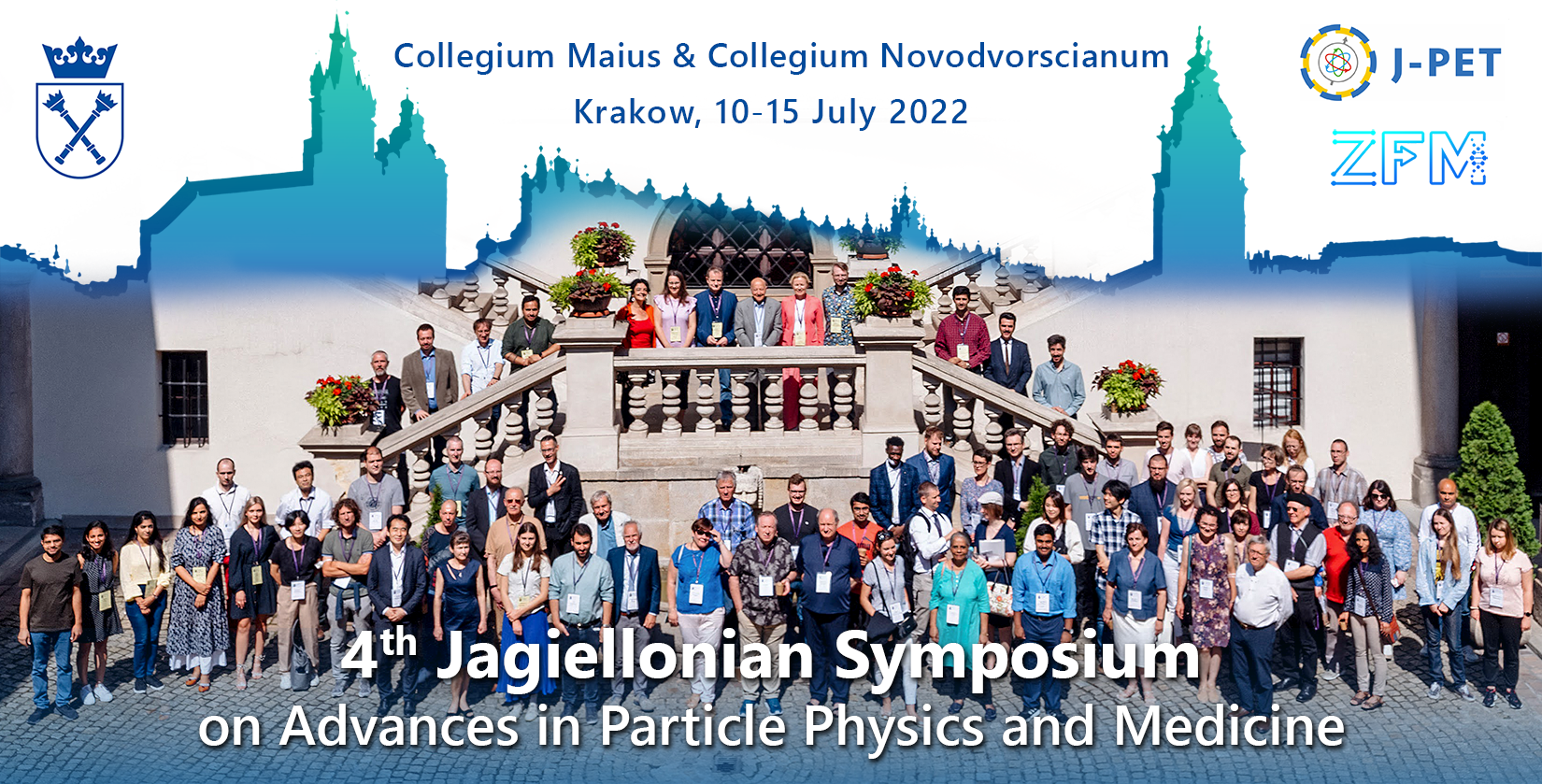Speaker
Description
Neutron Capture Therapy (NCT), since its first theoretical hypothesis of 1936 [1], was understood and applied mainly as a cancer treatment with few and occasional studies regarding other diseases [2,3]. Indeed, the high LET secondaries of 10B neutron capture reactions with their short ranges in tissues (less than 10 μm) makes the treatment selective at the single cell level, opening the route for an effective “locally activated” hadrontherapy useful for challenging scenarios such as wide spread tumours [4] and micro-infiltrating malignancies [5]. As cancer treatment, it is actually more correct to speak of BNCT being B10 almost the sole nuclide in clinical use and under investigation for future NCT agents.
Gadolinium, in particular the isotope 157 (Gd157), aroused the interest of the scientific community since a while [6]. The extremely short ranges of the charged secondaries (internal conversion and Auger electrons) set a very strong constraint on the NCT agent localisation inside the targeted cell which must bind DNA molecule directly. Nonetheless, the spread clinical use of Gd-enriched systems as MRI-probes prevents the definitive decline of the interest in GdNCT [7].
Alzheimer’s disease (AD) is the most common form of dementia (50-60% of all cases) [8]. Currently over 55 million people worldwide live with dementia and the number is expected to rise up to 139 million by 2050. Statistics say a new case of dementia arise somewhere in the world every 3 seconds. AD destroys nerve cells thus limiting or abolishing higher brain functions (memory, mobility, behaviour…). In the most advanced stages, patients are unable to care for themselves and need constant help with their daily life. This means huge costs, economically and psychologically, and indeed if we consider dementia as a country it would be the 14th largest economy worldwide, with a US$ 1.3 trillion current cost.
Despite the ongoing debate on AD pathogenesis and development, still the central role of the misfolded beta amyloid protein (Aβ) is widely accepted. In particular, recent studies [9] identified the oligomers, one of the first stages of aggregation of Aβ, as the most neurotoxic species thus supporting researchers of innovative treatments for AD.
In the late 1990’s, the effectiveness of conventional radiotherapy in the treatment of TracheoBronchial Amyloidosis (TBA) suggested the idea of a possible beneficial effect of photon irradiation in AD as well [10,11]. Presently, evidences are under collection to demonstrate preclinically and in very small patient’s cohorts the feasibility of such treatment [12,13].
In this scenario, Pavia University (Italy) proposed a further extension of the positive effects of ionising radiations in AD through the EU FET project “NECTAR": NEutron Capture enhanced Treatment of neurotoxic Amyloid aggRegates.
Thanks to the match between the Aβ aggregates dimensions and the ranges of B10 and Gd157 neutron capture reactions, a depolymerisation of the aggregates is suggested by the ionisation events. In parallel, the glia cell compartment of brain is supposed to be stimulated by the highly penetrating photons emitted by the very same capture reactions and so promoting the clearance of the Aβ debris. NECTAR will be the proof of concept at the preclinical stage of a bimodal treatment for AD capable of being sensitive to all the phases of aggregations of Aβ thanks to the development of specific new molecules designed to selectively bind Aβ protein.
Due to the progressive and chronic features of AD, we further expect to demonstrate the effectiveness of the treatment using highly fractionated irradiation protocols based on low doses and low dose rates per fraction, thanks to the evidences of a positive effect of LDIR (low dose ionising radiation) in the brain [14].
The presentation will deal with a general overview of NECTAR project and a brief description of the first results.
Bibliography
[1] Locher, Amer J Roent, 36:1-13 (1936)
[2] Trivillin et al., Rad Environ Biopsy’s 55:467-475 (2016)
[3] Tsuruta et al., in Neutron Capture Therapy - Principles and Applications, Sauerwein, Wittig, Moss, Nakagawa Eds, Springer-Verlag Berlin Heidelberg 2012
[4] Zonta et al., Appl Radiat Isot, 67(7-8):S67-S75 (2009)
[5] Alberti et al., Sci Rep, 10:19274 (2020)
[6] Martin et al, Int J Radiat Biol, 54(2):205-208 (1998)
[7] Narmani et al., J Drug Deliv Sci Tech, 44:457-466 (2018)
[8] https://www.alzint.org
[9] Forloni et al., Movement Disorders, 31(6): 771-781 (2016)
[10] Neben-Wittich et al., Chest 132:262-267 (2007)
[11] Bistolfi, Neuroradiol J 21:683-692 (2008)
[12] Marples et al., Radiother Once 118:43-51 (2016)
[13] Cuttler et al., J Alzheimers Dis 80(3):1119-1128 (2021)
[14] Jebelli et al., Cureus 14(3):e23461 (2022)

